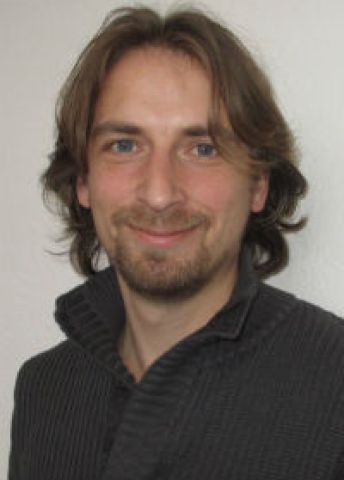
Program for mathematics 2016
Grant to recruit an international researcher
for a postdoctoral position
Maurice Duits
KTH Royal Institute of Technology
Grant to recruit an international researcher
for a postdoctoral position
Maurice Duits
KTH Royal Institute of Technology
Understanding randomness
Associate Professor Maurice Duits will receive funding from the Knut and Alice Wallenberg Foundation to recruit an international researcher for a postdoctoral position at the Mathematics Department at the KTH Royal Institute of Technology in Stockholm, Sweden.
The objective of the project is to develop new methods for studying random matrices. Matrices are rectangular arrays of numbers that are used in many branches of mathematics. They play also a pivotal role in many applications of mathematics, including physics and statistics.
We call a matrix random if the numbers in the array, i.e. the elements of the matrix, are not deterministic but random. The mathematical theory of random matrices originated in the context of statistics and quantum physics and has experienced explosive growth over the last 25 years. The theory has proven very successful in mathematics, and has also led to many interesting applications.
Finding models that provide the best description of random observations is a challenge; certain patterns of random behavior have been analyzed and well understood for a long time. One example of this is the normal distribution, which very accurately describes many random phenomena in both nature and society. Similarly, probability distributions in the theory of random matrices can be applied to describe energy levels in the nuclei of heavy atoms, for example. Such distributions turn out to exhibit certain universal characteristics that are analogous to the ubiquity of the normal distribution.
One of the successes of random matrix theory is the discovery of methods that have universal characteristics, and can thus be applied to a wide range of models. The objective of the proposed project is the creation and analysis of new methods for studying the properties of random matrices.
Photo: Ann-Britt Isaksson Öman